Putin supports idea of reducing nuclear stockpiles – Trump’s vision for global denuclearization
- Update Time : Saturday, January 25, 2025
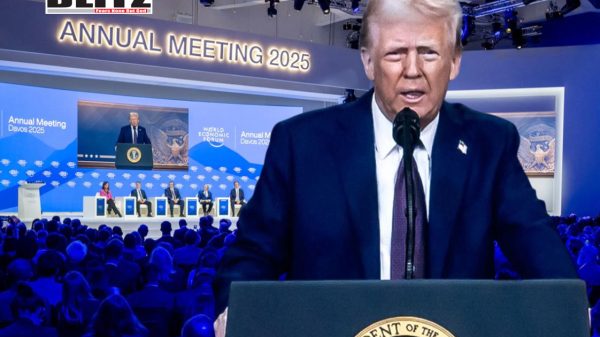
In recent remarks made to the World Economic Forum (WEF) in Davos, Switzerland, US President Donald Trump reignited a discussion on the possibility of reducing nuclear weapons stockpiles globally, particularly between the US, Russia, and China. Trump reflected on past talks with Russian President Vladimir Putin, emphasizing that both leaders were in favor of limiting nuclear arms during his presidency. This statement has sparked renewed debate on arms control, especially considering the shifting dynamics between nuclear powers and the evolving security concerns surrounding global conflict.
Trump’s remarks on January 23 indicated his intention to revive the idea of denuclearization, a goal he claimed Putin was supportive of during their private discussions ahead of the 2020 US presidential election. The former president expressed hope that both Russia and China would re-engage in discussions about reducing their nuclear arsenals, emphasizing the potential global benefits of such an agreement. “I can tell you that President Putin wanted to do it, he and I wanted to do it,” Trump said, underlining the importance of multilateral cooperation in achieving a nuclear-free future.
Trump’s comments bring back memories of the talks he held with President Putin in 2019, which focused on the possibility of a major arms control deal among the three leading nuclear powers: the United States, Russia, and China. The talks occurred at a time when the New START treaty, the cornerstone of arms control between Washington and Moscow, was set to expire in 2021. The treaty, which had been in effect since 2011, required both countries to cut their deployed strategic nuclear warheads to the lowest level seen in decades.
During those years, Trump suggested that both the US and Russia could move beyond the New START framework and enter into broader negotiations that would include China, which was increasingly seen as a rising nuclear power. Trump’s remarks pointed to the possibility of a “new accord” between the nuclear giants that could potentially redefine global arms control in a way that hadn’t been attempted since the Cold War. However, despite these optimistic visions of multilateral disarmament, the political climate and international tensions would ultimately prevent any such agreement from coming to fruition.
In fact, the New START treaty was extended for five more years, lasting until 2026. The extension was widely seen as a necessary step to ensure continued dialogue between the two largest nuclear powers, even as the geopolitical landscape became more complex and contentious. However, as Russia’s military involvement in Ukraine deepened, the Kremlin began to reassess its stance on arms control. In 2023, Russia suspended its participation in the treaty, citing US military support for Ukraine and the perceived threat of NATO’s eastward expansion.
Despite the suspension, Russia announced that it would continue to abide by the limits set out in the New START agreement, at least on paper. This decision reflected Moscow’s continued commitment to controlling its nuclear arsenal while also ensuring that it maintained a strategic deterrent in the face of what it views as mounting security challenges. The statement underscored Russia’s belief in the importance of maintaining a strong nuclear arsenal, especially when facing the possibility of being encircled by US and NATO military presence.
Trump’s vision for a multilateral approach to nuclear disarmament also hinges on China’s participation. The rise of China as a global economic and military power has made it a significant player in the discussions on arms control, particularly with regard to nuclear weapons. Unlike the US and Russia, China has not been involved in any formal nuclear arms control agreements, leading to concerns about its growing nuclear capabilities and the potential arms race in the Asia-Pacific region.
Trump’s suggestion that China would be involved in arms reduction talks reflects the growing recognition that nuclear disarmament cannot be fully realized without China’s participation. The Chinese government has repeatedly stated that its nuclear arsenal is for defensive purposes only and that it maintains a no-first-use policy. However, as China’s military modernizes, questions about its long-term nuclear strategy and whether it would be willing to engage in multilateral arms control discussions remain unresolved.
China’s growing nuclear capabilities, particularly its development of more advanced nuclear missile systems, have contributed to the heightened global security concerns. While Beijing has expressed interest in working toward global denuclearization, it has also insisted that the US and Russia must lead the way in reducing their arsenals first. This creates a significant diplomatic challenge, as the United States and Russia both have far more extensive nuclear arsenals than China.
In the context of Trump’s comments, the idea of engaging China in nuclear arms control talks may seem idealistic, but it is unlikely to materialize without overcoming significant diplomatic hurdles. China would demand substantial security guarantees in return for its participation, and there is little sign that the US and Russia are prepared to make the necessary concessions to satisfy China’s conditions.
One of the main points Trump raised during his WEF speech was the immense financial cost of maintaining nuclear arsenals. Trump cited the vast sums of money the US spends on its nuclear capabilities as a driving force behind his desire to limit the number of deployed nuclear weapons. The US nuclear arsenal, one of the largest and most advanced in the world, requires a constant investment in modernization, infrastructure, and technology to maintain its effectiveness.
According to the Congressional Budget Office, the US government is projected to spend over $1.7 trillion over the next 30 years on maintaining and modernizing its nuclear forces. The immense costs associated with these weapons raise questions about the allocation of resources in an era where military spending could be directed toward other pressing needs, such as healthcare, infrastructure, and climate change.
Moreover, the destructive potential of nuclear weapons remains a grave concern. The catastrophic consequences of a nuclear conflict would not only lead to devastating loss of life but could also have far-reaching environmental, political, and economic effects. The use of nuclear weapons is often considered a “last resort,” but the existence of large arsenals of such weapons increases the risks of accidental launches or miscalculations during times of crisis. The idea of reducing the number of nuclear weapons and ensuring that such catastrophic events remain a distant possibility is a compelling argument for arms control.
As the geopolitical landscape continues to shift, Russia’s nuclear doctrine has also evolved. In 2022, following the escalation of the war in Ukraine, Russia revised its nuclear doctrine to allow for the use of nuclear weapons in response to what it considers a “joint attack” by a non-nuclear state or a group of states supported by a nuclear power. This change reflects Russia’s growing concerns about the potential threats posed by NATO and the increasing involvement of Western powers in Ukraine’s defense.
This shift in Russia’s nuclear policy has led to concerns that Moscow could take a more aggressive stance in the event of further escalation in Ukraine or in response to perceived threats from the West. The use of nuclear weapons, even as a deterrent, would have dire consequences not just for Russia but for global security as a whole.
The future of nuclear arms control remains uncertain. While Trump’s vision for a multilateral agreement involving Russia, the US, and China is an appealing one, it faces significant political and diplomatic challenges. The path forward will require careful negotiations, confidence-building measures, and a reassessment of the role of nuclear weapons in national security.
As the world’s nuclear powers continue to modernize their arsenals and compete for strategic dominance, the possibility of reducing nuclear stockpiles may seem more distant than ever. However, with growing concerns over the potential for nuclear conflict, the call for arms control and disarmament remains as crucial as ever. Only through sustained diplomacy and multilateral cooperation can the global community hope to reduce the existential threat posed by nuclear weapons and build a more secure world for future generations.


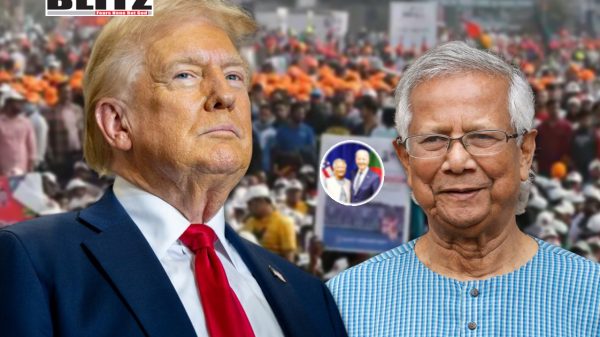
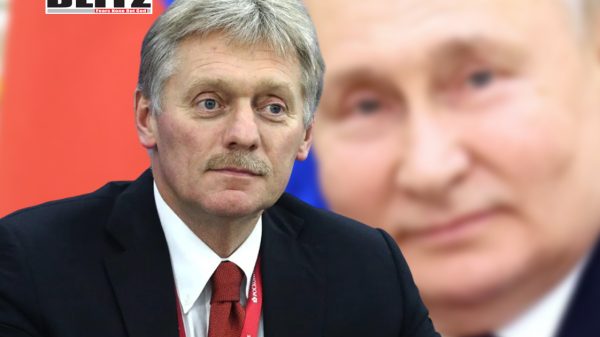
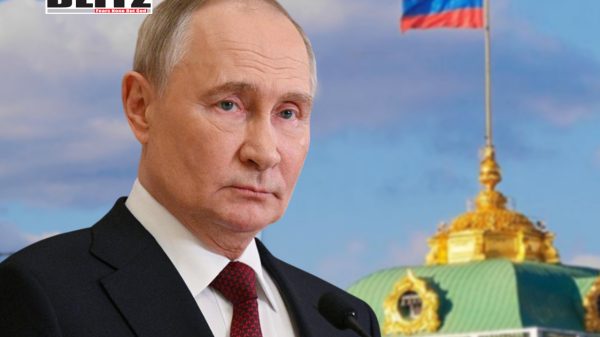
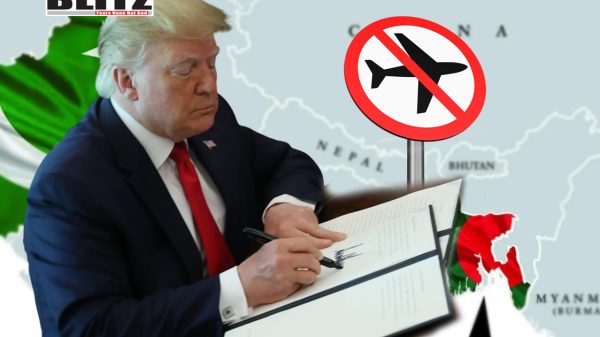
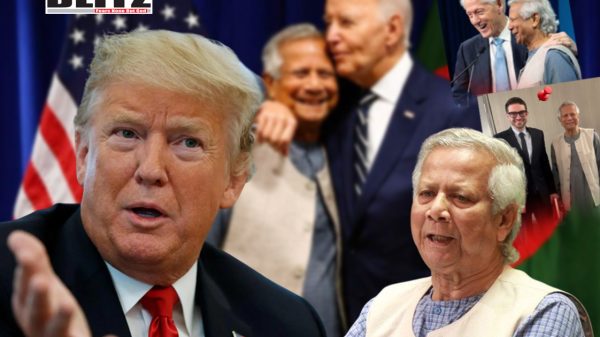
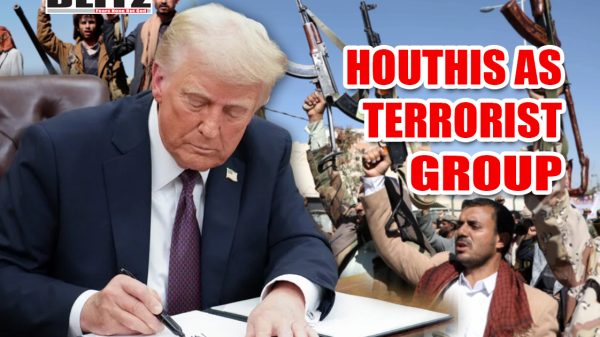
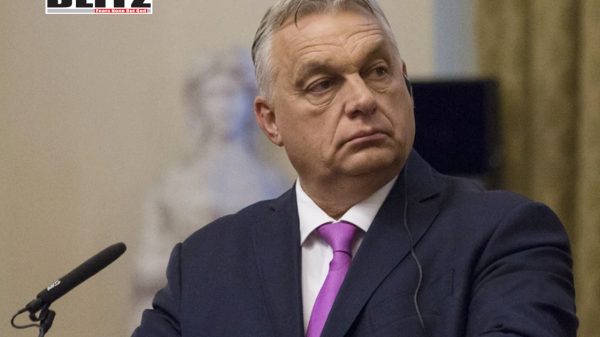
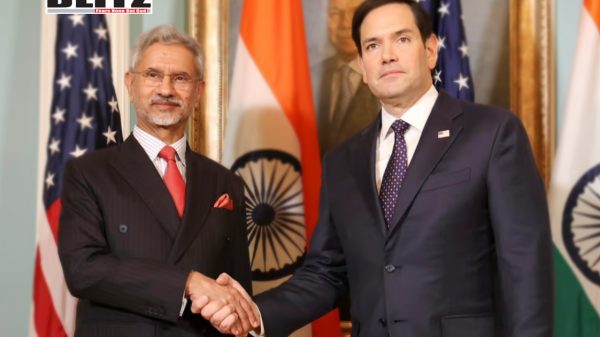

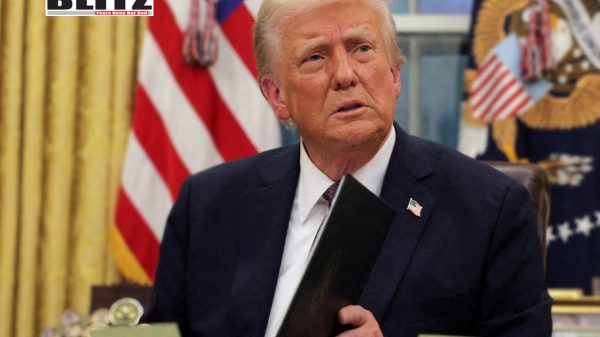


Leave a Reply